In the center of Stockholm on beautiful Skeppsholmen,
opposite the Palace is
Eric Ericsonhallen, former Skeppsholmskyrkan
Baptisms, weddings, memorial services and funerals are events that have a natural place in this atmospheric and powerful former church. Thanks to its special architecture, with a stylish acoustic chandelier and large, open spaces, the Eric Ericson Hall is also ideal for hosting galas, events, award ceremonies, concerts, music and TV recordings and spectacular shows.
The Skeppsholm Church
History
Skeppsholmskyrkan (Carl Johans k:a) was inaugurated in 1842 and is built in a neo-antique style inspired by the Pantheon in Rome. It was desacralized in 2001 and in 2009 the Eric Ericson Hall underwent a careful renovation, including the removal of the fixed pews.
In 2015, after years of measurements, calculations and preparation, the acoustics company Artifon installed a new, specially designed sound reflector/acoustic chandelier under the dome and sound-absorbing curtains along the walls. It solved the problems of rolling acoustics and unwanted echo effects. Today, acoustics can be adapted for a wide range of needs: speech, choral, orchestral, operatic or pop music.
In 2015, we got a new textile artwork in the front of the choir. The Song of the Sea is huge, 7 meters high and 4.5 meters wide, and dedicated to the world-famous choirmaster Eric Ericson. The song of the sea is woven and embroidered by hand with specially dyed yarns by artists Anita Graffman and Marina Aittalat.
Eric Ericsonhallen is owned by the National Property Board, since 2020 it is Skeppsholmsgruppen who are tenants and operate a concert and event venue.
Eric Ericson - a developer of the choral art
The choirmaster Eric Ericson (1918-2013) renewed and developed the art of choral singing; he was no administrator. Deeply rooted in tradition, he instead led an amazing transformation of choral singing and choral music in Sweden and the rest of the Western world.
With the Radio Choir, Eric Ericson’s Chamber Choir and OD, he achieved almost unimaginable musical results that placed little Sweden in the absolute top class in the choral field. He inspired composers to write large and complex choral works, which in turn further developed choral singers.
The organs
The organ is a pneumatic pipe organ built by Setterquist in 1930. It was later partially rebuilt in the spirit of organ pipework.
Please note that not all features of the game table are yet functional!
It concerns the following:
- The old combinations (3 free combinations per plant) are out of order.
- The fixed combinations should be avoided both via manubears and pedals. The function is not secure.
- Other aids, such as the removal of the pipework and the automatic pedal change, are also out of action for the time being.
- The lighting at the gaming table is first switched on with a black switch at the bottom left of the gaming table. The note lighting is then switched on by touching the oval surface to the left at the top of the note fitting itself.
- All leashes work.
- The stop swell works, but it is programmed in the original version, which means that some voices that were changed during the organ movement time come in (inappropriately) early in the crescendo.
More about the organ
Disposition
Manual I
- Principle 16
- Principle 8
- FI Harmomic 8
- Packed 8
- Octava 4
- Flute 4
- Quinta 2 2/3
- Octava 2
- Cornet II-IV
- Trumpet 8
Note! Cornet and Trumpet are placed in the same swell cabinet as SV = same pedal. These parts cannot be regulated separately, so if the swell shutters are closed for Man II, they are also closed for Cornet and Trumpet!
Manual II
- Packed 16
- Bassett horn 8
- Pipe flute 8
- Salicional 8
- Celeste Voice 8
- Eolin 8
- Fugara 4
- Octaviante flute 4
- Forest flute 2
- Mixture 3-4 ch
- Oboe 8
Pedal mechanism
- Violin 16
- Sub-base 16
- Ecobase 16
- Borduna 8
- Koralbas 4
- Flute 2
- Trombone 16


